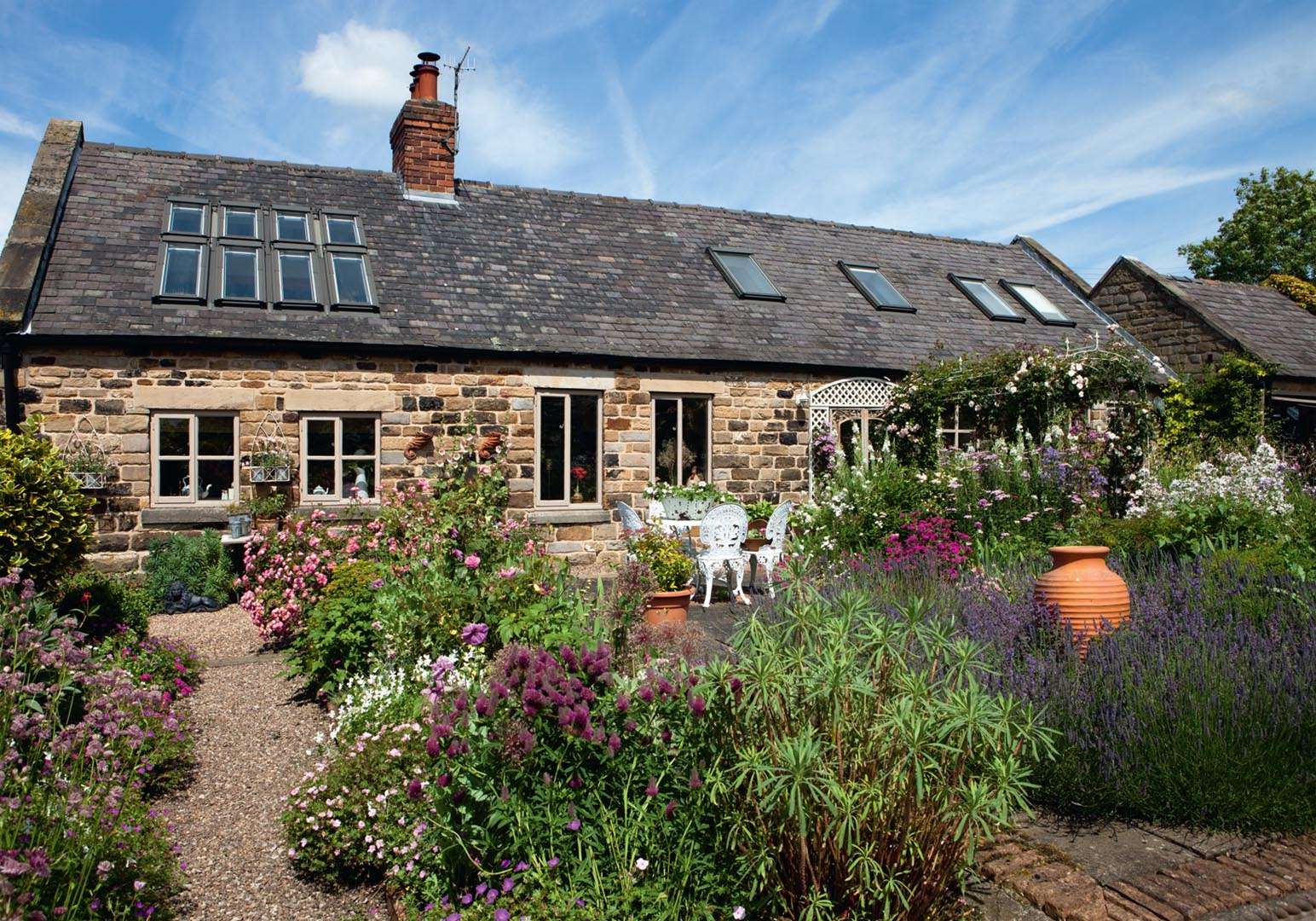
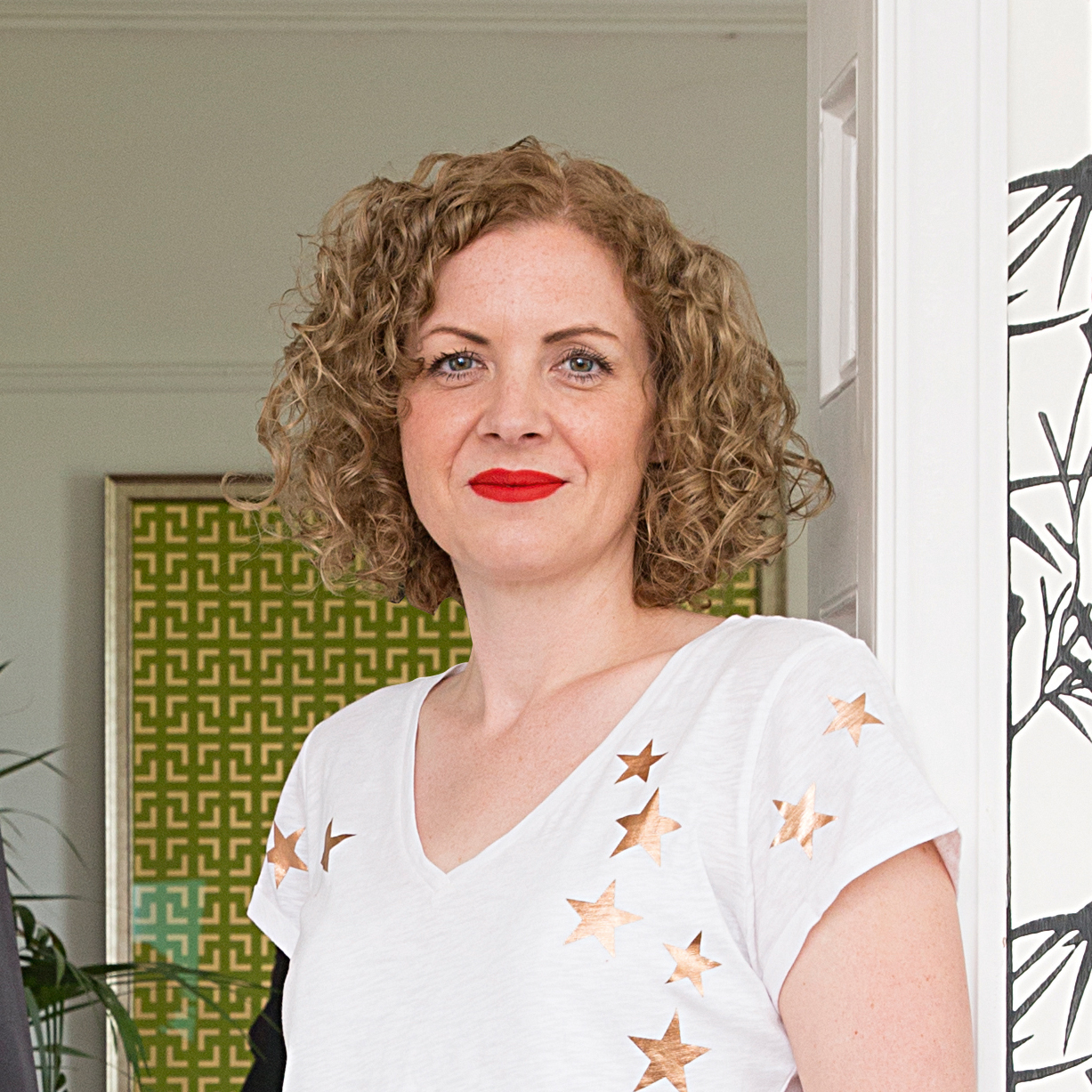
When we viewed the plot of land that would one day become the garden of our converted barn, it was little more than an empty paddock with foundations left over from old farm buildings,’ recalls Gay. ‘There was no garden to speak of, but there were amazing views across the valley and we knew it could be transformed into somewhere quite special.’
See how they did it, then check out more real home transformations and find out how to plan, design and cost your garden transformation.
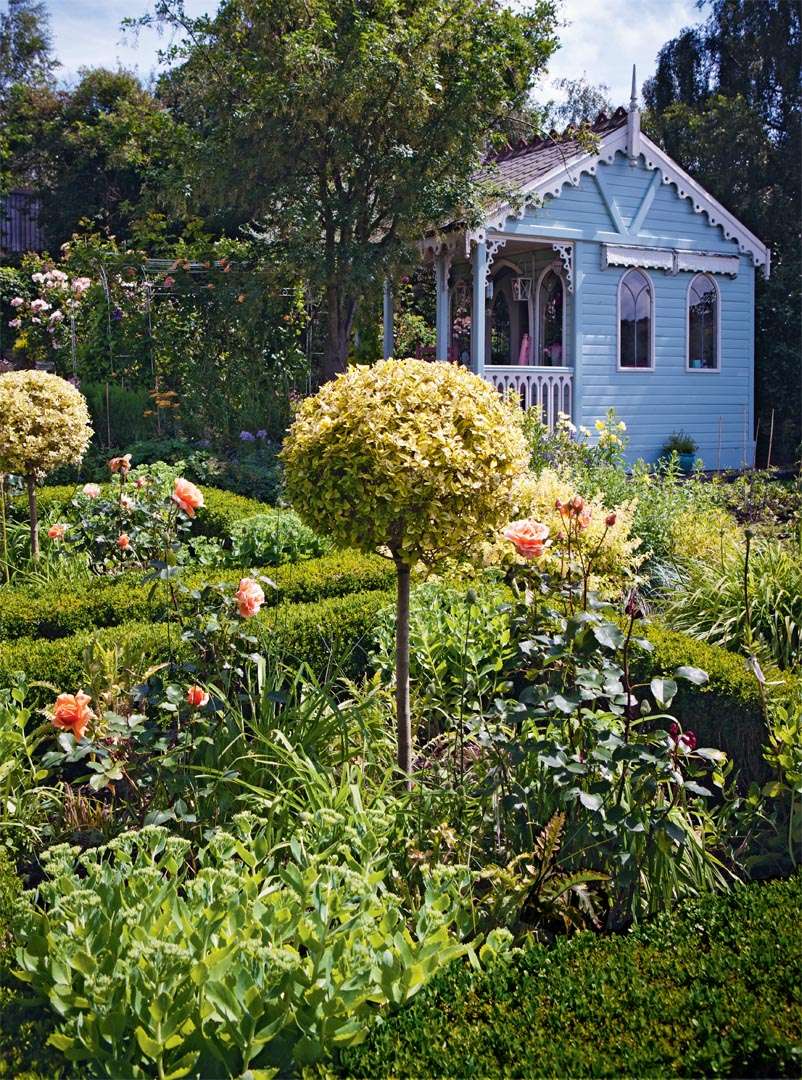
Gay and David first saw the 16th-century barn back in 1989. It was being sold off with a number of other buildings on a former farm, and the couple decided that one of the barns could be turned into a wonderful home. ‘We bought what was effectively an old cowshed,’ explains Gay. ‘In fact, there were still some cows in there on the day we viewed it!’
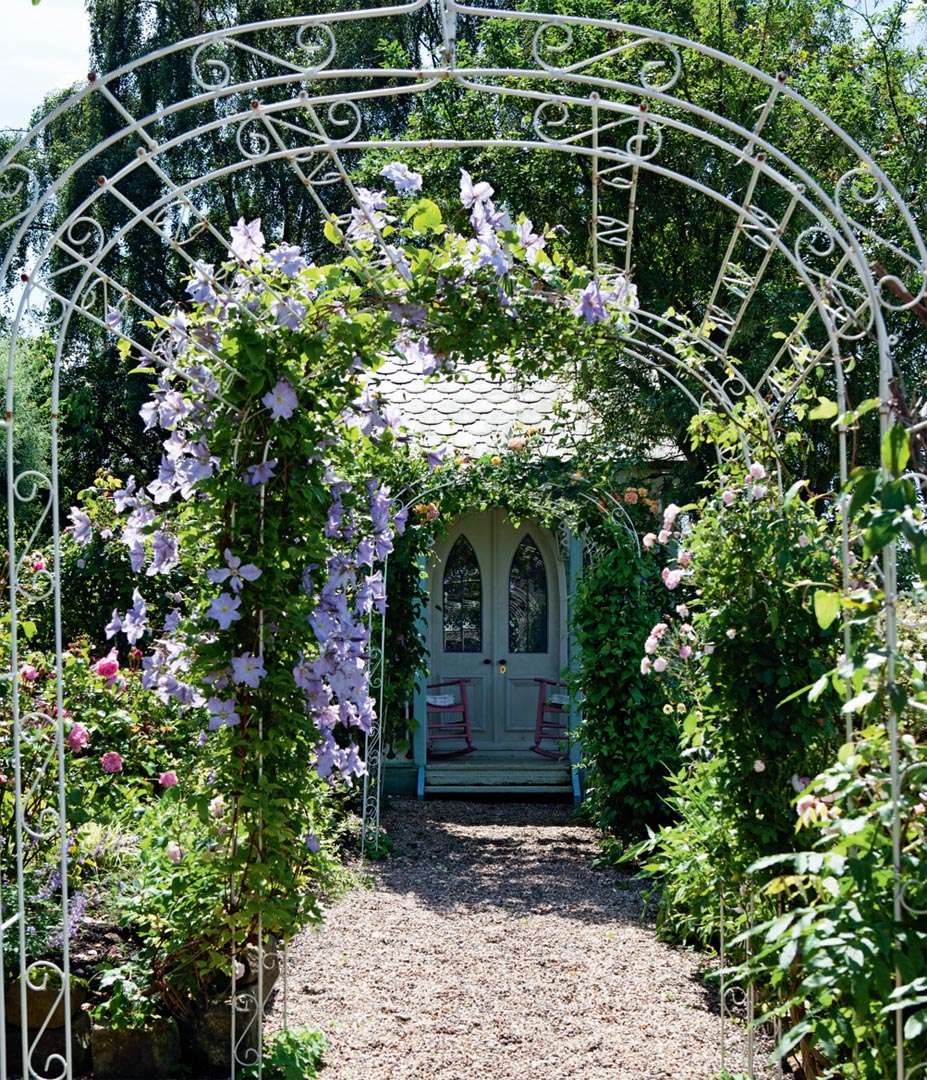
More from Real Homes
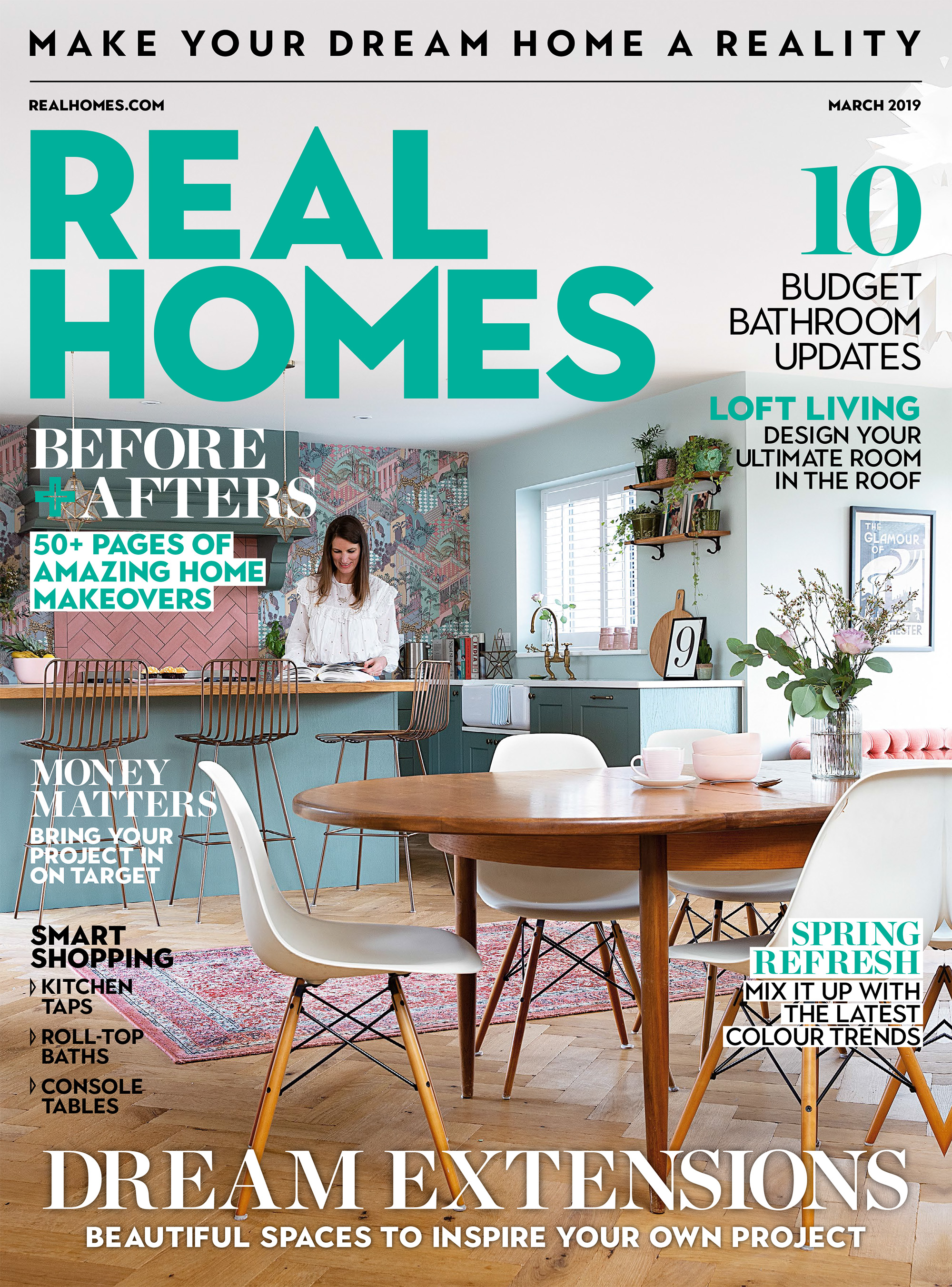
Get inspiration, ideas and advice straight to your door every month with a magazine subscription
Having hired a team of builders to complete the barn conversion, the couple couldn’t wait to move in and tackle the outdoor space. With one-and-a-half acres to work with, Gay and David knew that turning the patch of farmyard into a beautiful country-style garden would take considerable time and effort.
‘We weren’t daunted by the amount of work it needed,’ says Gay. ‘At our previous home I created a garden from scratch, so I had some experience of handling a big project. Plus, the benefit of having a blank canvas meant that I could design the garden exactly how I wanted it.’
In order to make it more manageable, the couple divided the garden into four smaller sections and tackled one area at a time. To help with the initial groundwork, they hired a JCB to move huge amounts of topsoil from the lower paddock up to near the house, before David set to work digging over each section of the garden by hand. ‘He uncovered some stone gate posts and large setts from an old path,’ says Gay. ‘It really was back-breaking work.’
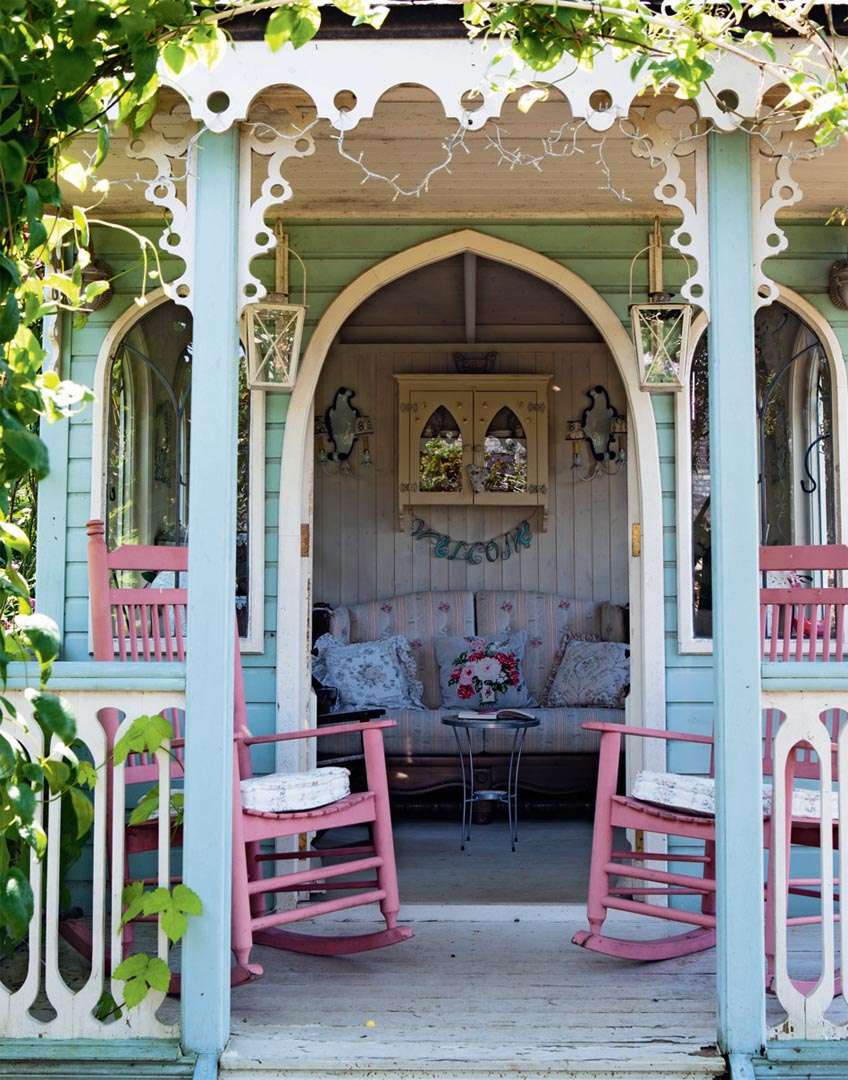
Within two years, the couple had completed the basic outline of their design, and the outdoor space was beginning to resemble a garden. At the rear of the house, they created a flower garden with a raised patio area and gravel paths that meander through the now overflowing flowerbeds. Further down in the lower garden, there’s an area for growing fruit and vegetables, while the former paddock has been turned into a small fruit orchard. ‘We’re almost self-sufficient in fruit and vegetables,’ says Gay. David has also created a small wildlife pond at the bottom of the garden by using some of the surplus stone from the building work on the house.
‘I make notes throughout the year on what changes I want to make, and I try to keep up with the latest fashions for gardens,’ explains Gay. ‘For example, since we first created the space, I’ve learnt that it’s important to work on what I call the “skeleton” of the garden, which means including more evergreen plants so that there is still some structure and colour during the winter months. For that reason, I’ve introduced plants such as box, standard golden privet and Photinia ‘Red Robin’ and numerous topiaried shrubs.’
Find out how to choose plants for your garden.
More real gardens:
Join our newsletter
Get small space home decor ideas, celeb inspiration, DIY tips and more, straight to your inbox!
-
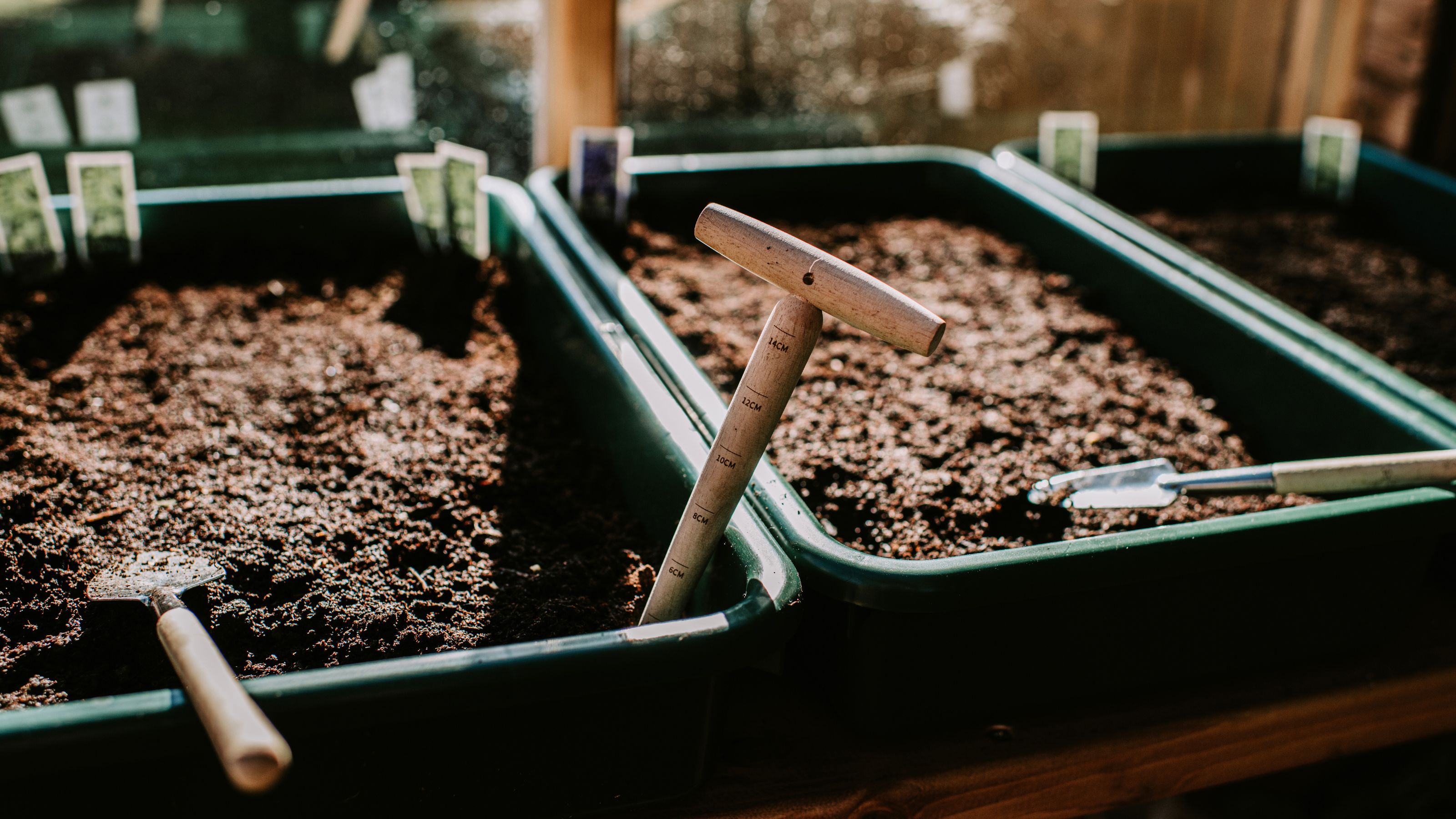 How to make compost — 8 easy steps gardening pros always use
How to make compost — 8 easy steps gardening pros always useLearn how to make compost at home in seven easy steps, whether you have a bin or want to create a compost heap. We've asked pros for their top tips
By Eve Smallman
-
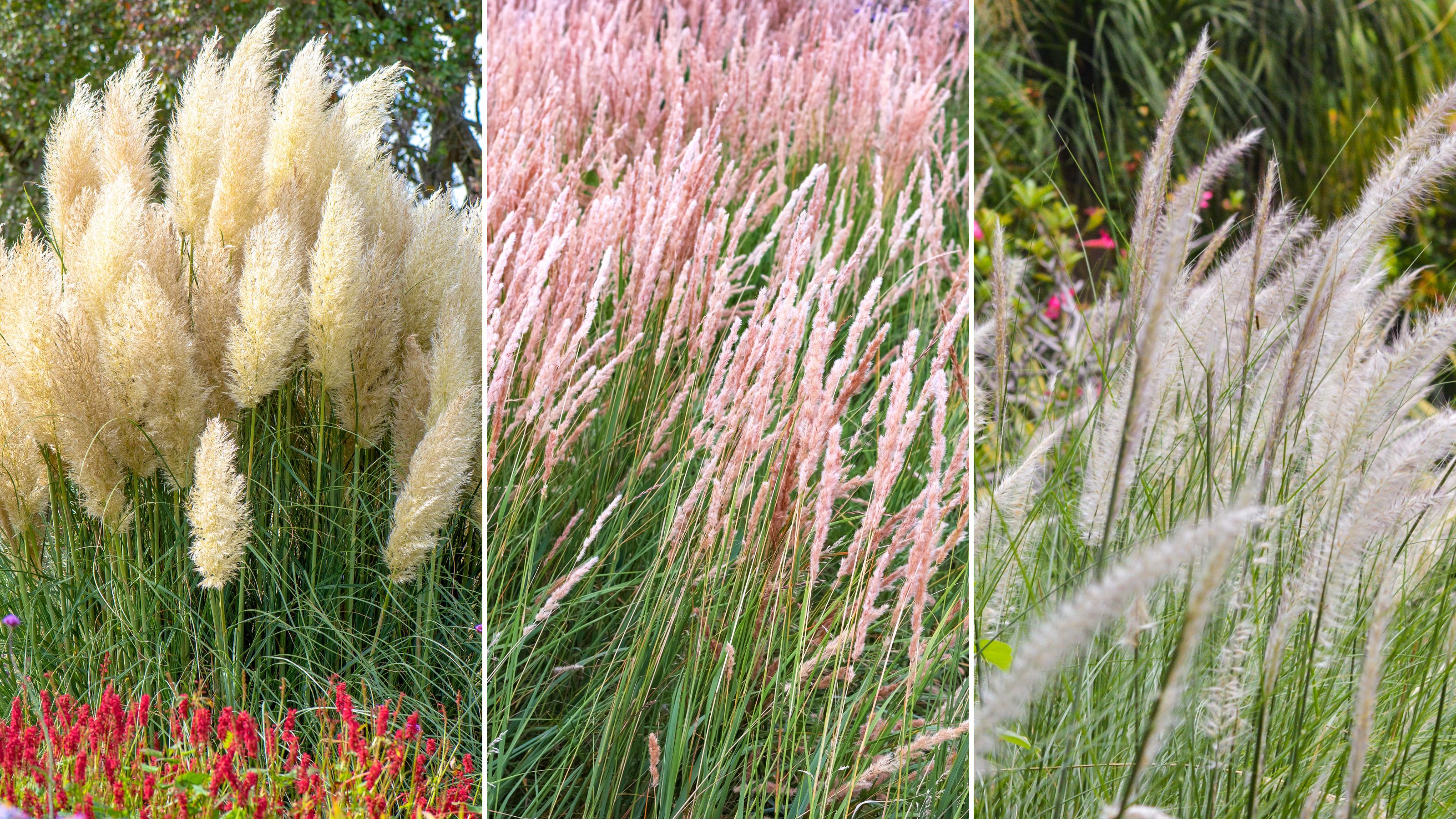 Planting ornamental grasses — the best types experts love and how to grow them
Planting ornamental grasses — the best types experts love and how to grow themWe've got you covered on planting ornamental grasses, speaking to experts about what ones to grow, how to grow them, and factors to consider
By Eve Smallman
-
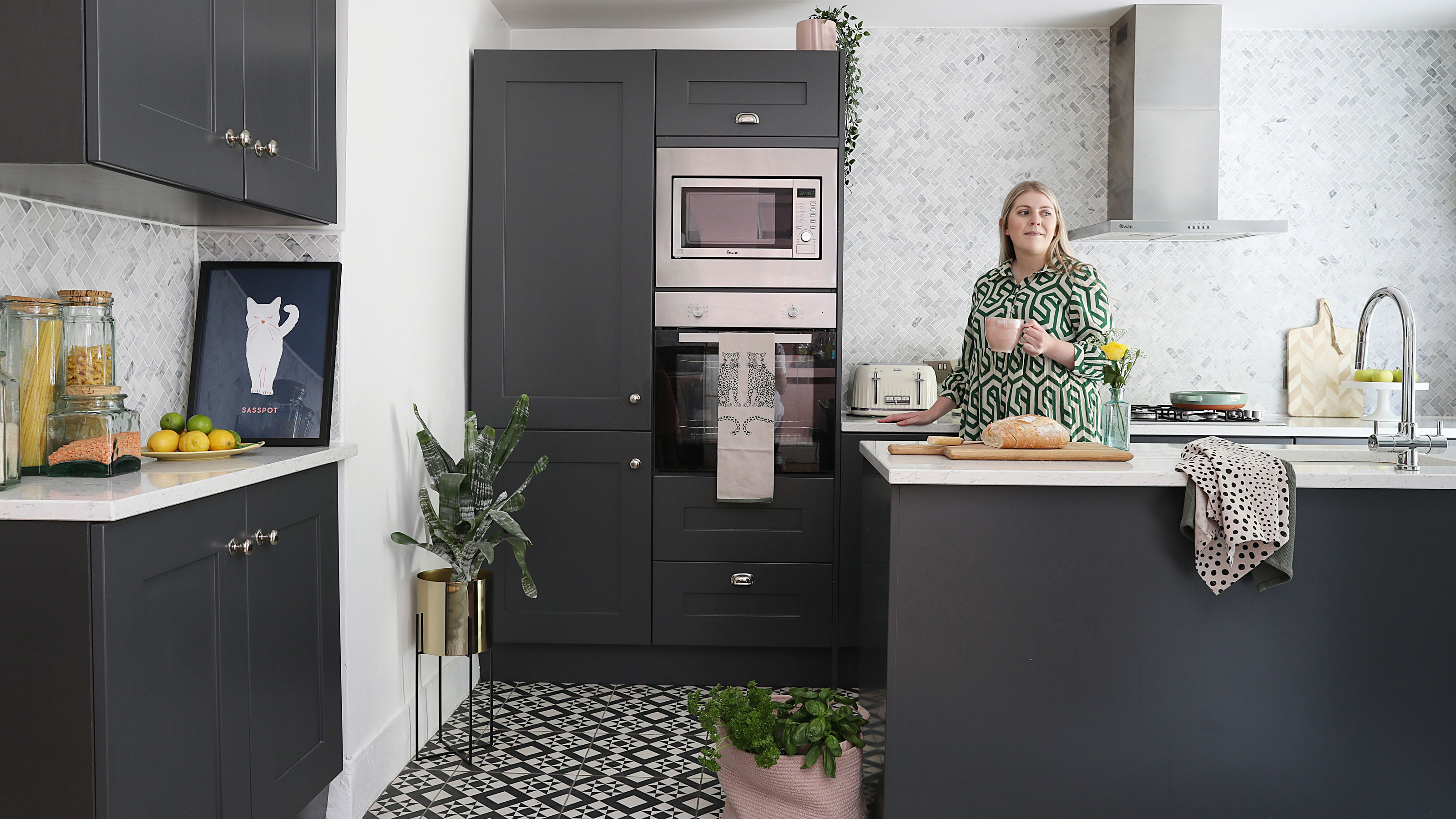 "Grotty" terrace is transformed with French flair and Ibiza vibes in the garden
"Grotty" terrace is transformed with French flair and Ibiza vibes in the gardenEsther Pillans' tired-looking Victorian terraced house was given a makeover with a touch of Parisian chic
By Ellen Finch
-
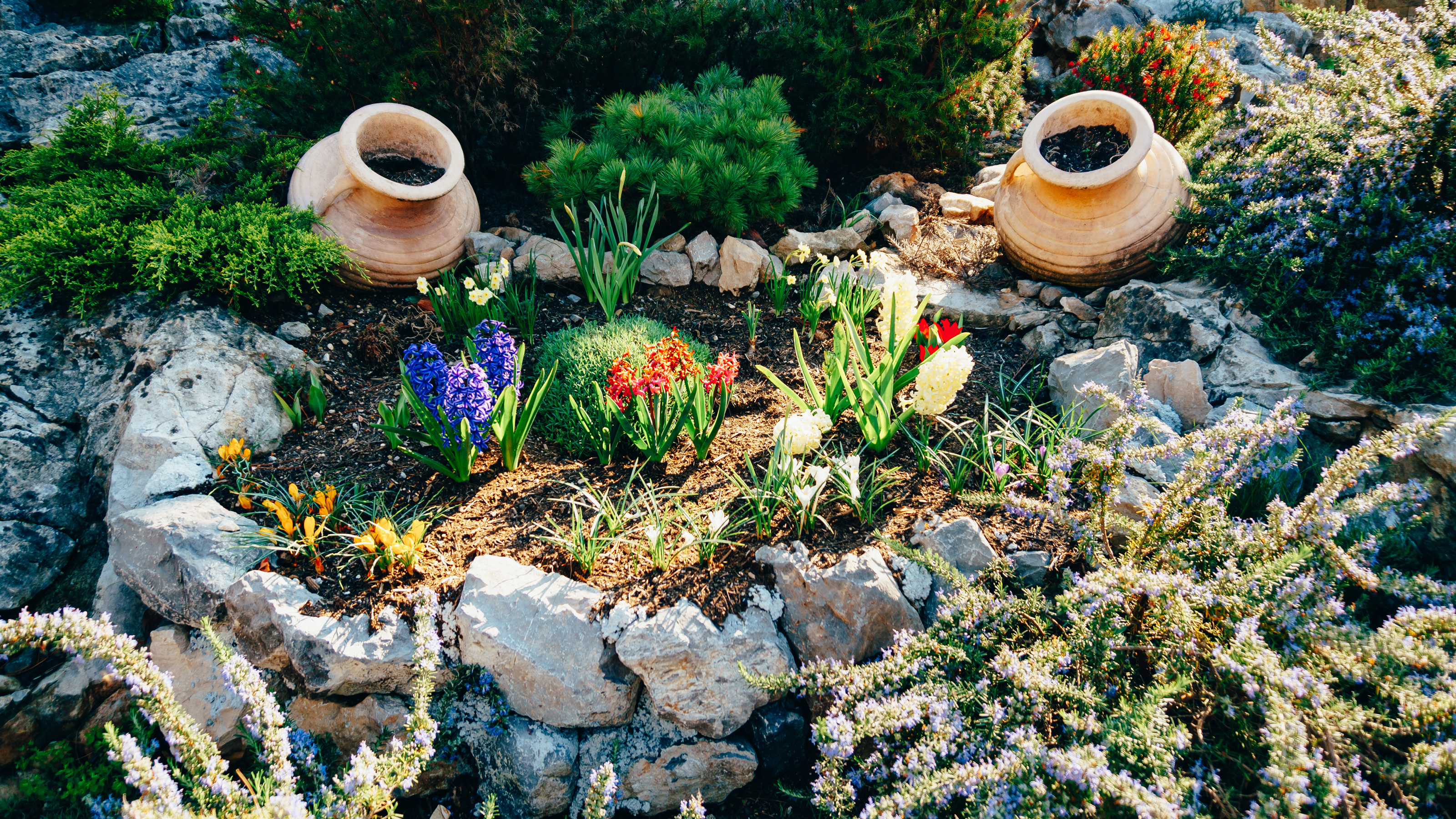 Rock garden ideas – 10 DIY ways to create a rockery
Rock garden ideas – 10 DIY ways to create a rockeryThese rock garden ideas are suitable for outdoor spaces big and small. Create your own rockery on a lawn or even on a balcony with just a few materials.
By Anna Cottrell
-
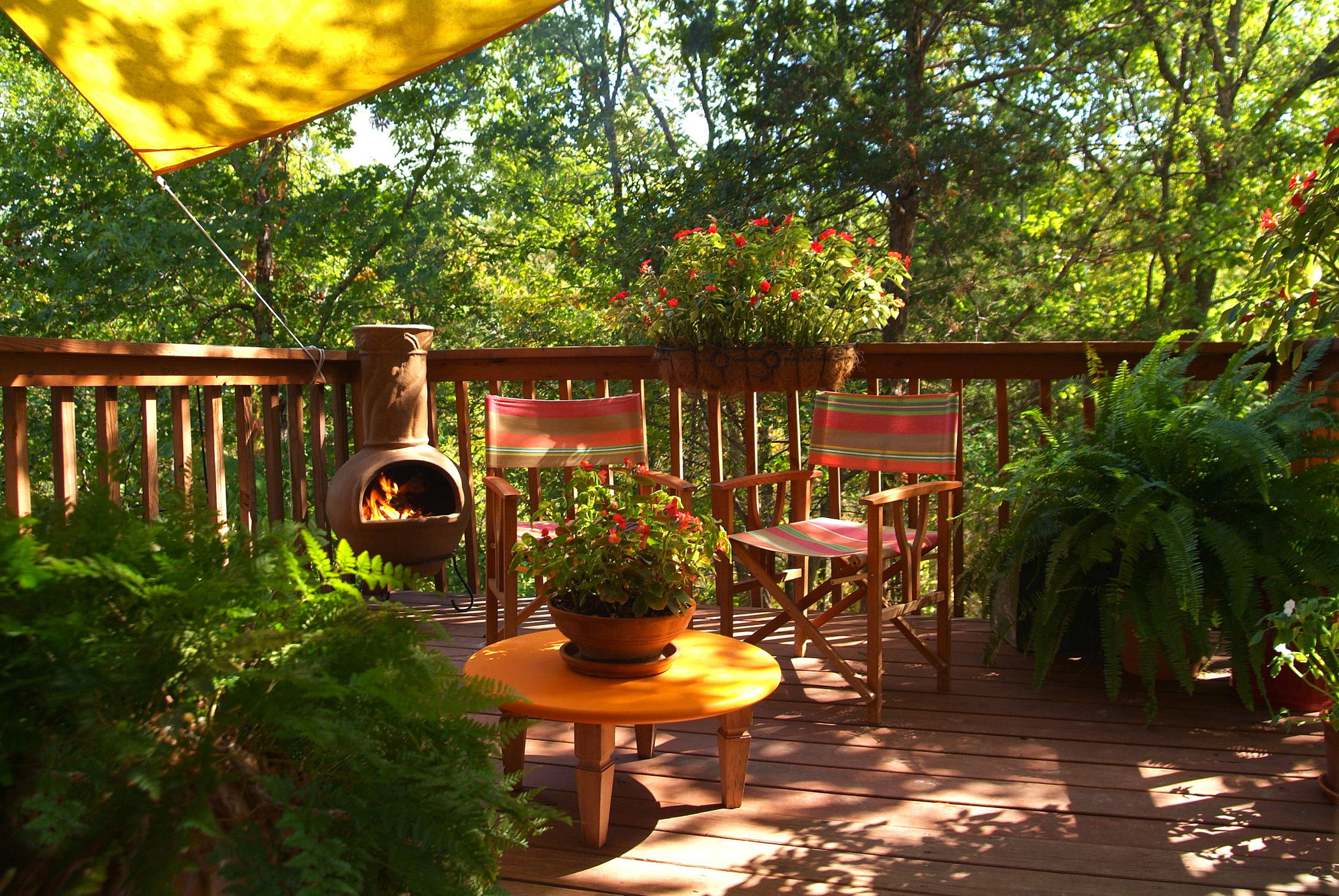 Cabin fever? These chimineas will extend the life of your patio
Cabin fever? These chimineas will extend the life of your patioThis cold-weather season, cozy up to our favorite chimineas!
By Brittany Romano
-
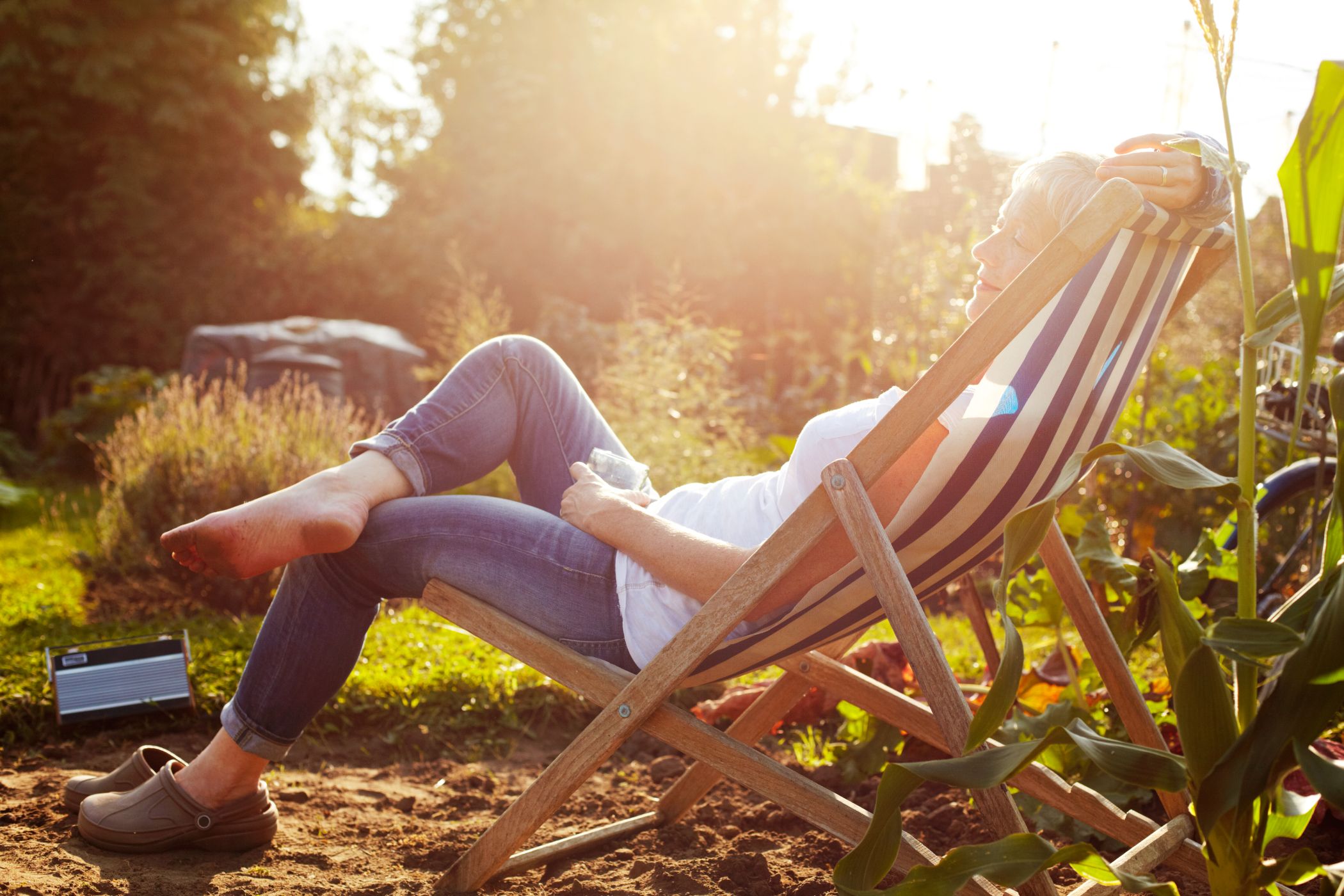 5 outdoor summer essentials to prove Society6 is your one-stop-shop this season
5 outdoor summer essentials to prove Society6 is your one-stop-shop this seasonCheck off all of your outdoor summer essentials by shopping exclusively at Society6.
By Brittany Romano
-
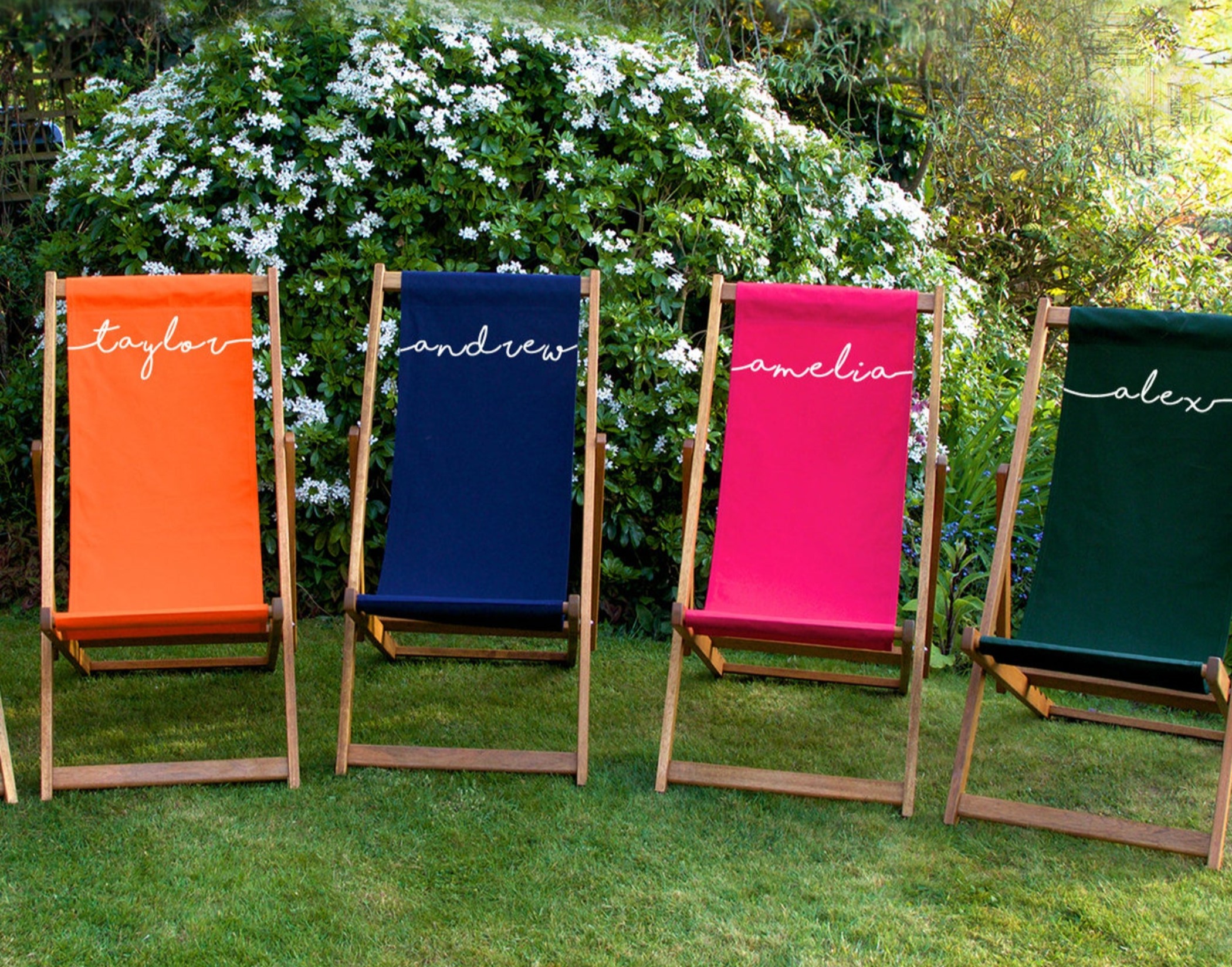 The first-ever Etsy outdoor sale is happening now, and we're buying these 5 items
The first-ever Etsy outdoor sale is happening now, and we're buying these 5 itemsFor a limited time, this Etsy outdoor sale will give your backyard the facelift it needs — at a fraction of the cost.
By Brittany Romano
-
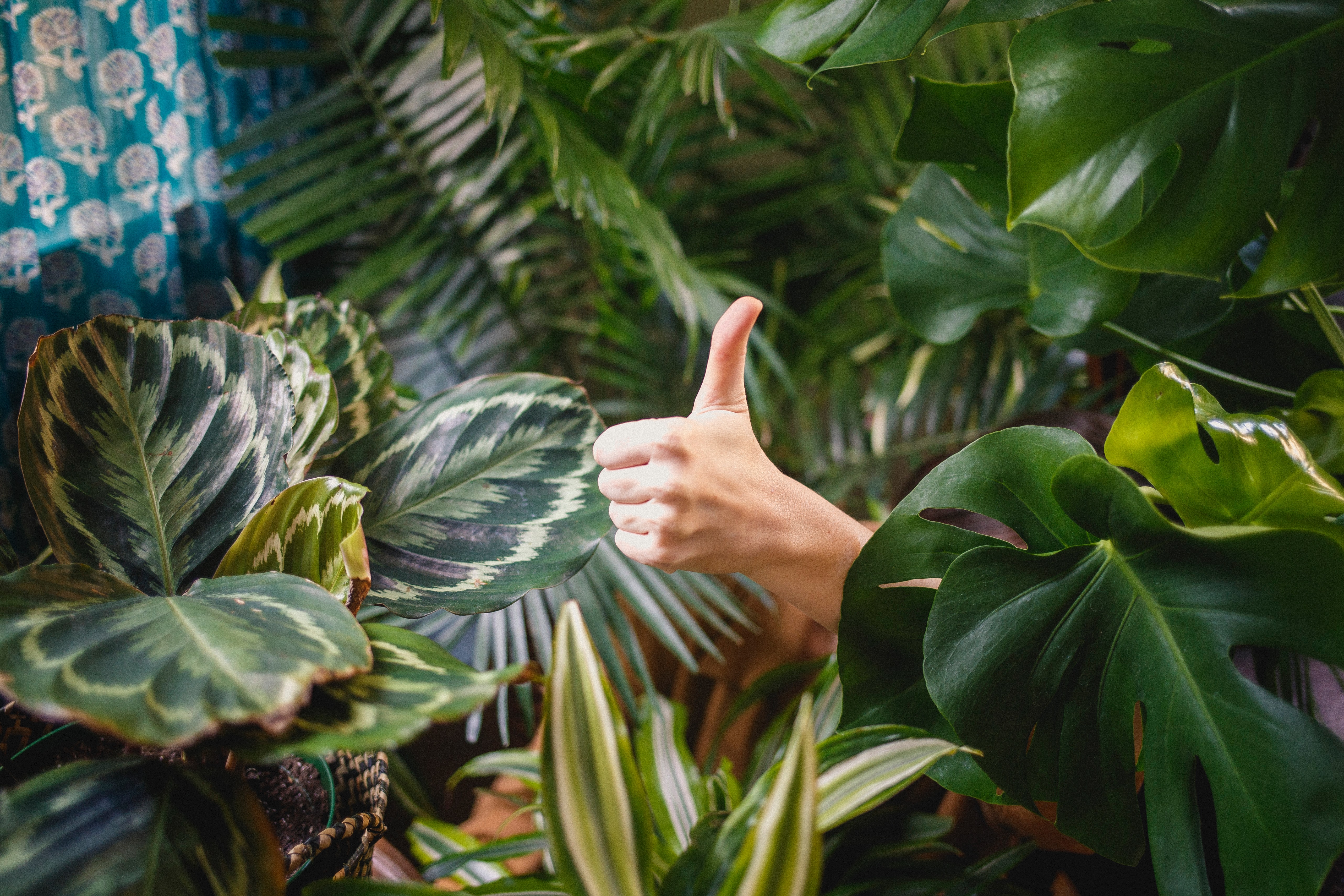 The benefits of houseplants – 8 feel-good ways plants help your health
The benefits of houseplants – 8 feel-good ways plants help your healthEnjoy the many benefits of houseplants. Air-purifying, anxiety-soothing, mood boosting and more positive vibes.
By Camille Dubuis-Welch